In Arthur C Clarke’s award-winning 1973 novel, Rendezvous With Rama, a mysterious 50-kilometre-long cylindrical spacecraft enters the Solar System. A space mission is mounted to intercept it and study it before it flies back out and is swallowed up by the darkness of interstellar space.
Now, remarkably, science fiction is morphing into science fact. Astrophysicist Prof Avi Loeb of Harvard University believes ‘Oumuamua, a mysterious interstellar object that flew through the Solar System in 2017, may have been an alien Rama-like artefact. But being a scientist rather than a science fiction writer, he wants data. “With that in mind, I have set up Project Galileo,” he says. “Its aim is to scan the heavens for the next ‘Oumuamua and send a space mission to fly by it and photograph it.”
More than 100 scientists, led by Loeb, are involved in Galileo. They are subtly shifting the emphasis of the Search for Extraterrestrial Intelligence (SETI) from looking for signs of alien biology or electromagnetic signals to hunting for objects as signs of alien technology. Loeb thinks this change is long overdue.
“For 70 years we’ve been barking up the wrong tree,” he says, alluding to the 70-odd years astronomers have been searching for intelligent radio signals from our Galaxy. “That search is predicated on the assumption that extraterrestrials communicate via radio waves, a technology we have used for just over a century and which advanced extraterrestrials may have long ago left behind,” he adds. “I think a better strategy is to look for artefacts: alien tech.”
Not everyone agrees about this shift in emphasis of SETI. “However, I would agree, that so-called artefact SETI seems to have got more traction lately,” says Prof Jason Wright, an astronomer and astrophysicist at Pennsylvania State University. He points out, though, that “very little searching is being done”.
The best place to look for artefacts, says Loeb, is in the Solar System – our ‘mailbox’, where extraterrestrial ‘packages’ have been able to accumulate for 4.55 billion years.
Read more about searching for aliens:
- Should we be signalling our existence to alien life?
- SETI begins search for 'technosignatures' in the hunt for alien life
- Prof Avi Loeb: Could ‘Oumuamua be our first recorded brush with alien technology?
Alien artefacts in our Solar System
Alien technology could end up in our backyard either by design or by accident. In 1996, Dr Alexey Arkhipov of the Institute of Radio Astronomy in Kharkiv, Ukraine, pointed out that bits of our own space technology are unavoidably ejected from the Solar System by events such as collisions in space and explosions, and that the same thing should happen in reverse, with material from alien spacefaring civilisations ending up in the Solar System.
By estimating that 1 per cent of nearby stars have been home to technological civilisations and that, over their history, they turn 1 per cent of the material of their asteroids into the extraterrestrial equivalent of consumer goods, Arkhipov concluded that the Earth, in its history, would have accumulated about 4,000 extraterrestrial artefacts the size of a Marmite jar.
The Earth has weather and geological activity which re-mould its surface, so any alien artefacts would be very hard to find. But other bodies in the Solar System, with surfaces that do not change, like the Moon, would be a better bet. “The Moon is like a museum,” says Loeb. “We should scour its surface for equipment we did not send.”
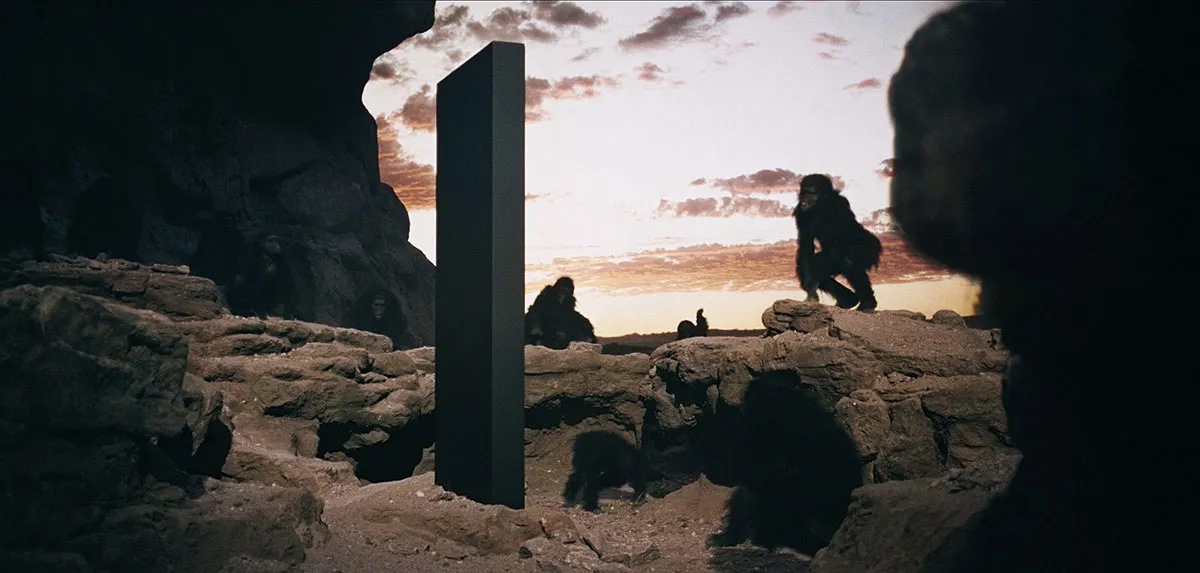
Inevitably, this conjures up images of the film version of another of Clarke’s stories, 2001: A Space Odyssey, in which a buried alien monolith is excavated in the Moon’s Tycho Crater. Left by extraterrestrials who passed through the Solar System millions of years earlier, it is a ‘baby alarm’, put there to warn its makers when life on the third planet from the Sun emerges from its terrestrial cradle and crosses the gulfof space to the Moon. Loeb says he is not fond of science fiction. Nevertheless, a lot of this ground has been trodden by writers like Clarke.
Recognising an alien technological artefact might not be easy. Alien civilisations could be as far from us in evolutionary terms as we are from ants. Or even bacteria. However, Loeb says if a caveman picked up a mobile phone, he would know it was different from a rock – though its purpose would be mysterious. “Similarly, we should look for things that differ from rocks,” says Loeb. And he does not mean only on the surface of bodies in the Solar System, he means the space between the planets too.
Identifying ‘Oumuamua
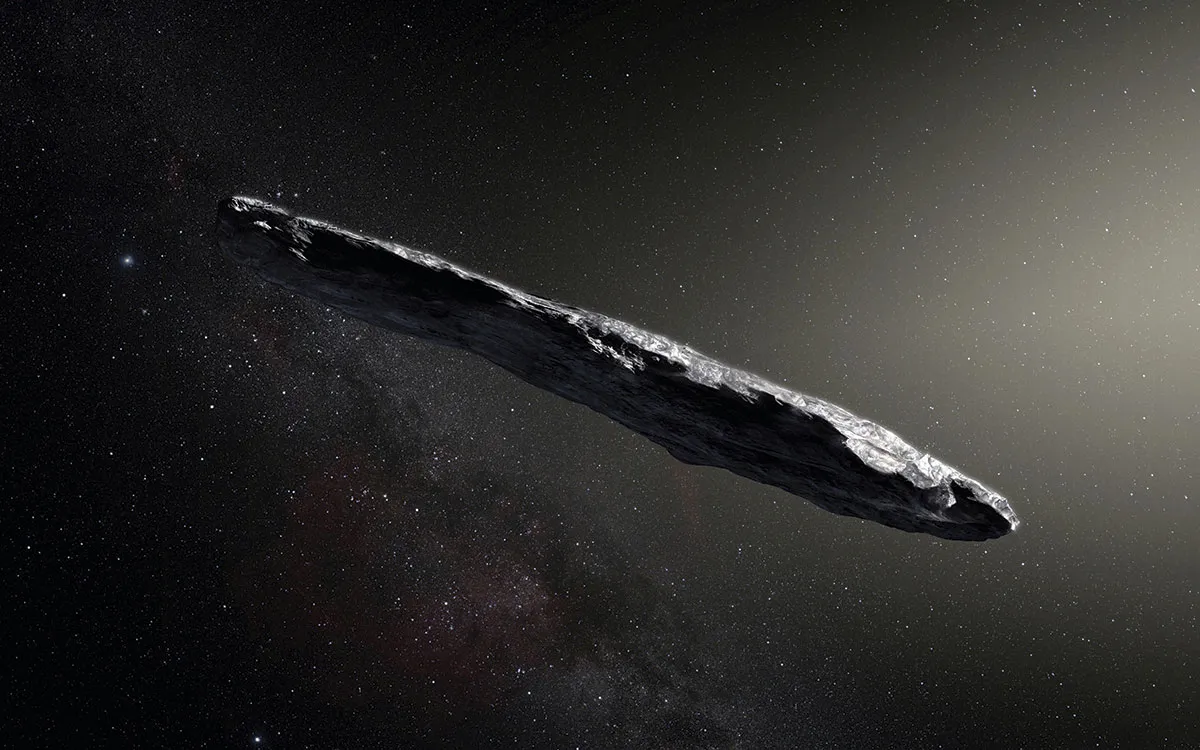
That was where ‘Oumuamua was spotted in late 2017 by the Panoramic Survey Telescope and Rapid Response System (Pan-STARRS) at Haleakala Observatory in Hawaii. It was quickly recognised to be travelling too fast to be a body trapped by the Sun’s gravity. ‘Oumuamua wildly varied the amount of light it reflected, indicating it had an extreme shape, most likely that of a flat pancake the size of a football pitch.
The most striking thing about ‘Oumuamua was that it wasn’t moving like a body influenced solely by the Sun’s gravity. Something was pushing it away from the Sun. Comets outgas material and this acts like a rocket exhaust, pushing them in the opposite direction. But Loeb says that ‘Oumuamua showed no evidence of material being ejected.
Others, however, maintain it is impossible to rule this out. “The amount of outgassing needed to explain the acceleration would have been too little to have been detected,” says Prof Chris Lintott, an astronomer at the University of Oxford. He also points out that, historically, several observations have claimed to be evidence of aliens before being shown to be natural. For example, the Martian moons Phobos and Deimos were thought to be hollow because of their low density, while pulsars were dubbed LGMs, for Little Green Men.
The existence of one object like ‘Oumuamua from beyond the Solar System implies there should be others. And, in September 2020, 2020 SO was discovered by Pan-STARRS. Like ‘Oumuamua, it was being pushed from the Sun without apparent cometary outgassing. However, when astronomers tracked its orbit back through time, they found that the intelligent civilisation it had come from was none other than… ours! 2020 SO appears to be the discarded Centaur upper stage of the rocket that propelled NASA’s Surveyor 2 lander to the Moon in 1966.
Not surprisingly, Loeb’s suggestion that ‘Oumuamua was an alien artefact was controversial. Loeb found it odd that astronomers were prepared to propose exotic things never seen before such as a hydrogen iceberg, a chip of frozen nitrogen or a cloud of dust particles 100 times more rarefied than air, but were upset by the suggestion that ‘Oumuamua may have come from an ET civilisation.
“One astronomer even said ‘‘Oumuamua is so weird. I wish it hadn’t existed,'” says Loeb. Meanwhile, Loeb was wondering, “Who built ‘Oumuamua? Could it be a piece of garbage? Might it be merely the skin of a larger vehicle that broke up?”
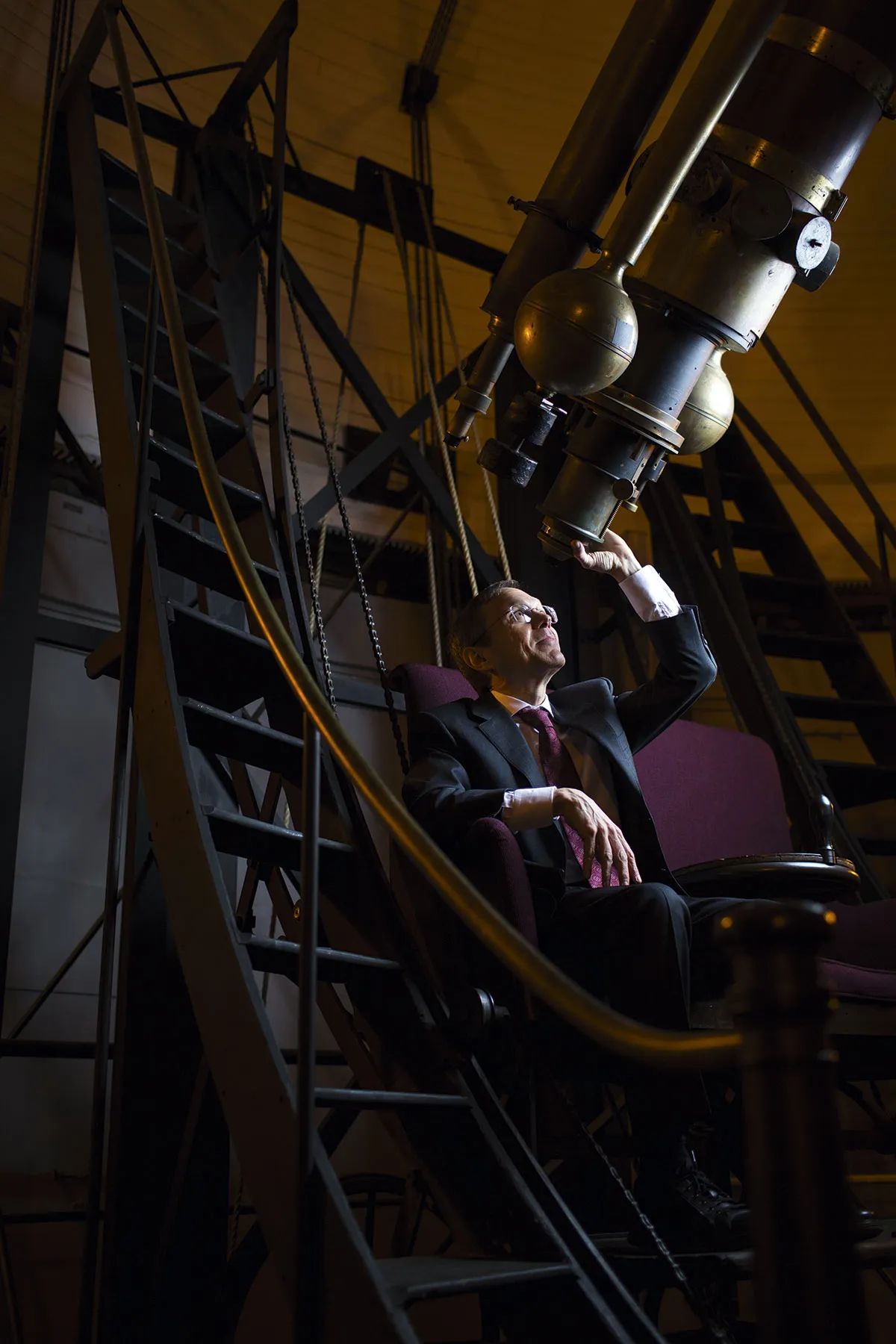
Project Galileo
Loeb is convinced the search within the Solar System for more objects like ‘Oumuamua – and even much smaller – is worthwhile. And now he has the seed money to do it. It came about because Bill Nelson, head of NASA, gave a speech on 3 June 2021 in which he said a scientific analysis was needed of Unknown Aerial Phenomena (UAP) detected by a multitude of instruments. UAP are actually UFOs, renamed to remove the stigma. Former president Barack Obama called UAP “a serious matter”. On 5 June, Loeb emailed NASA to suggest the kind of scientific project Nelson was advocating but received no reply.
But while one door remained closed, another opened. The COVID-19 lockdowns have been a great opportunity for Loeb to stay at home and think. He has written many scientific papers, a bestselling book about ‘Oumuamua called Extraterrestrial and a huge textbook, Life In The Cosmos: From Biosignatures To Technosignatures, with his former postdoctoral researcher Manasvi Lingam of the Florida Institute of Technology. “One of the nice things is that many people have visited the porch of my house,” he says. “One, who came a few weeks after I sent my email, was Frank Laukien, CEO of Bruker Corporation, a Massachusetts-based manufacturer of scientific equipment.”
Laukien and other visitors donated a total of $2m: the money Loeb used to establish the Galileo Project, which was announced on 26 July. The project has two strands. The first, which Loeb envisages costing $100m, is to identify the nature of UAP. A battery of optical and infrared video cameras, radio and audio sensors will be installed on the roof of Harvard College Observatory in spring 2022 to monitor the sky 24 hours a day, with objects in the data being identified with artificial intelligence algorithms.

The goal is to have many batteries around the world, scanning as much sky as possible. Loeb calls it a “fishing expedition” and says it is an attempt to inject sanity into the subject by bringing it into the scientific mainstream.
Things are moving on other fronts too. In December 2021, President Joe Biden created a new office, under the Department of Defense, to assemble data from all branches of government to get to the bottom of UAP.
The second strand of Galileo, which is envisaged as costing $1bn, is more ambitious. It is the search for the next ‘Oumuamua and the design of a robotic mission to intercept its trajectory and take close-up photographs. This, Loeb admits, will be hard. “If we were to detect an intelligent radio signal from the nearest star, there would be little hurry to reply since the round-trip communication time would be a decade,” he says. “But, if we spot something in the Solar System, we will have to move extremely quickly. ‘Oumuamua was gone before we had much time to study it.”
Even a mission to land on a second ‘Oumuamua may not be out of the question. NASA achieved this in 2018 by landing its OSIRIS-REx spacecraft on asteroid Bennu and scooping up a sample, which returns to Earth in 2023.
“If there is alien tech, it may represent more than a scientific opportunity,” says Loeb. “It could also be a business opportunity for importing the new technology to Earth!”
Lintott says that: “If Project Galileo gets people excited about understanding interstellar objects entering the Solar System, that would be fabulous.” He says the European Space Agency is already planning the Comet Interceptor mission, which will be able to fly to a body like ‘Oumuamua. “The plan is for it to lurk in space waiting for a suitable target, whether that turns out to be a comet visiting the inner Solar System for the first time or an interstellar object.”
All this focus on the Solar System may appear reminiscent of a drunk who has lost his car keys at midnight and is searching for them under a streetlight – not because that is where they are likely to be found but because that is the only place he can sensibly look. Nevertheless, Loeb thinks it is worth carrying out a thorough search of our backyard because nobody has yet.
“In the words of Robert Frost, it is taking ‘the road less travelled’. And, whenever you do that, there is always the possibility of finding low-hanging fruit,” he says.
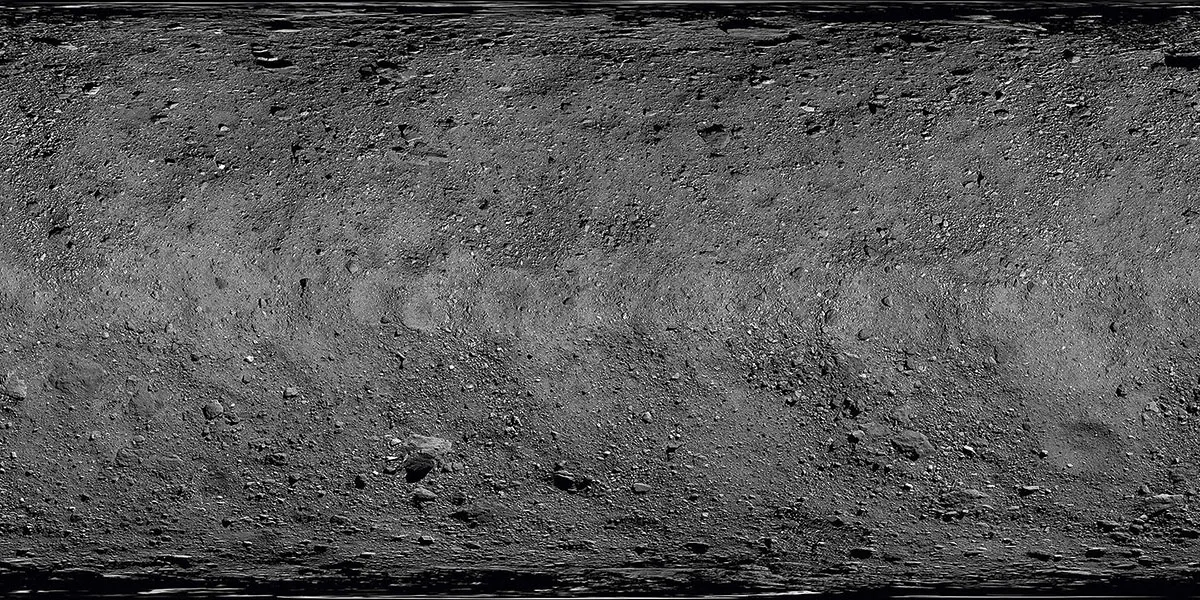
Searching deep space
Looking beyond the Solar System is harder. But Loeb thinks that searching for technosignatures is still a better bet than looking for biosignatures of microbes, the principal aim of astrobiologists. The main biomarkers are oxygen and methane, both of which can exist in a planetary atmosphere only if they are constantly replenished.
Currently, more than4,000 planets beyond our Solar System are known. As they orbit their parent stars, some pass between the star and Earth, so starlight passes through their atmospheres. Oxygen and methane take bites out of the starlight at characteristic wavelengths which are their ‘spectral fingerprints’. “The problem,” says Loeb, “is that for the first two billion years of life on Earth there was little oxygen in the atmosphere. And both oxygen and methane can have non-living sources.”
A better bet, Loeb believes, is to look not for the chemicals of biology but of technology. He suggests compounds like chlorofluorocarbons, or CFCs – once used on Earth as refrigerants and spray-can propellants, and famous for their ozone-layer-destroying properties. “They could be detected in the atmosphere of planets around nearby stars by NASA’s 6.5-metre James Webb Space Telescope,” he says.
But there are other signs, such as alien megastructures. For a time, it looked as if KIC 8462852, also known as Tabby’s Star, was fluctuating wildly in brightness and it might be orbited by such structures, possibly giant starlight collectors. But the behaviour of the star turned out to be the result of dust in the Solar System.
Loeb says that light sails pushed by mega-lasers are a plausible means of extraterrestrial transport, and we might detect the overspill of such light. Also, if an alien civilisation collected starlight by covering its planet with photovoltaic panels, it would cause its surface to reflect light differently from rock and ocean.
By a piece of good fortune, the nearest star, Proxima Centauri, has a planet. The planet, Proxima Centauri b, is 20 times closer to its star than Earth is to the Sun. But because Proxima Centauri is a cool, red dwarf star that’s 500 times less luminous than the Sun, the planet is potentially habitable. Like our Moon, the planet is tidally locked, causing one side to be in permanent day while the other is in permanent night.
“An alien civilisation might live on the night side but cover the light side with photovoltaic panels,” says Loeb. About 0.1 per cent of the Earth’s surface is illuminated with artificial lights, but Loeb estimates that if 10 per cent of Proxima Centauri b’s night side is similarly illuminated, this would be detectable from Earth by the James Webb Space Telescope, which was launched on Christmas Day.
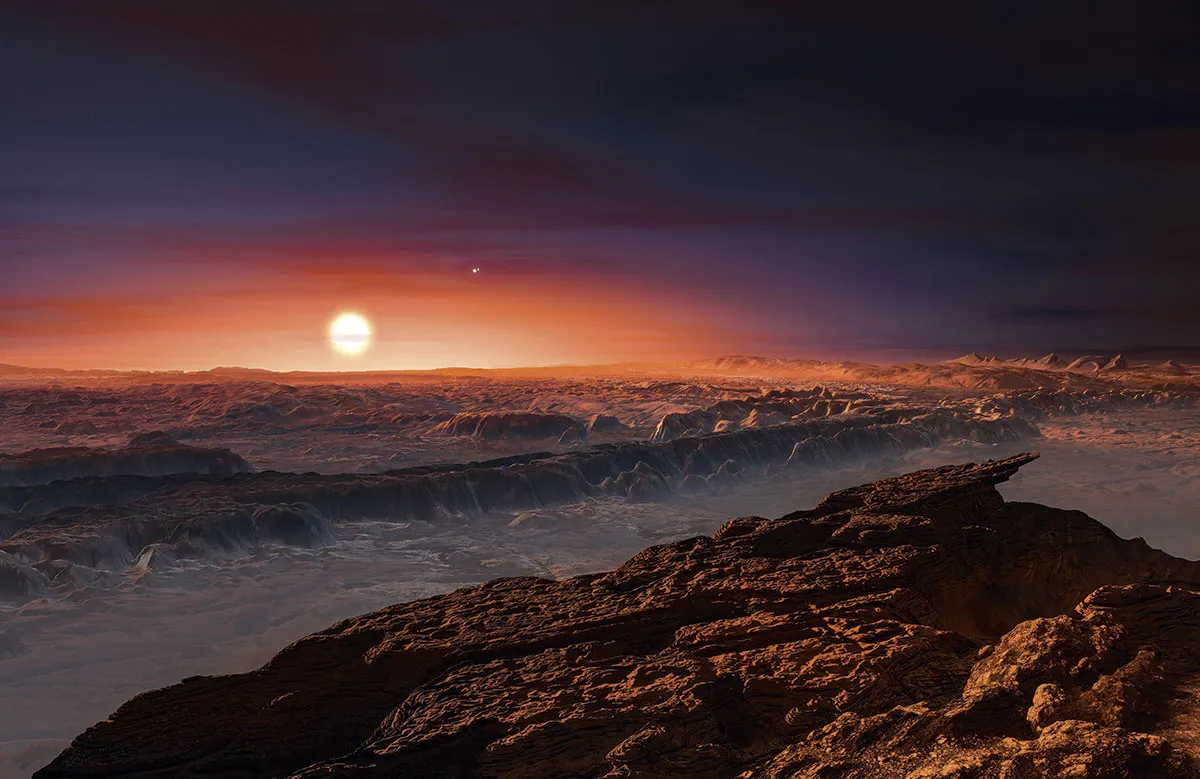
Shy aliens
Loeb accepts the possibility that extraterrestrials may be very difficult to find. They may be hiding, for instance, because it is a dangerous Universe and, if you signal your presence, you get wiped out. If so, it might be too late for us since our radio broadcasts have already reached thousands of nearby stars!
But even if ETs are not hiding, they may have decided to stay at home and live in a cyber cocoon, like Facebook’s proposed Metaverse. This is another possibility anticipated by Clarke in his 1949 novella, The Lion Of Comarre, which described a future in which for many the virtual world is more seductive than reality.
Of course, aliens who are millions or even billions of years ahead of us in evolutionary terms are likely to be, as Clarke pithily observed, “indistinguishable from magic”.
“A sufficiently advanced intelligence might even be a good approximation of God,” says Loeb. “It would be able to create life from non-life and maybe even manipulate laws of physics to make new universes.”
What might be the benefits of finding advanced extraterrestrial artefacts? Well, we would know it is possible to survive planetary cataclysms such as global warming. Hopefully, we would be inspired to keep pushing forward the frontiers of scientific knowledge.
Most importantly, says Loeb, knowledge of the existence of an alien civilisation would make differences between people on Earth appear trivial. “In the 20th Century, denial of this caused the deaths of 3 per cent of the world’s population at the hands of the Nazis and others,” says Loeb. “ETs would show us more unites us than divides us.”
As for the chance of finding an ET artefact, Wright confesses: “I don’t know!” Loeb, however, is more optimistic. “Most stars formed billions of years before the Sun,” he says. “For that reason, I think the chances are very good.”
- This article first appeared inissue 374ofBBC Science Focus Magazine–find out how to subscribe here
Read more about alien life:
